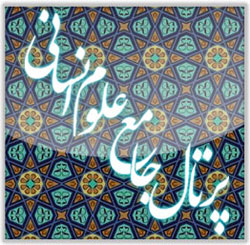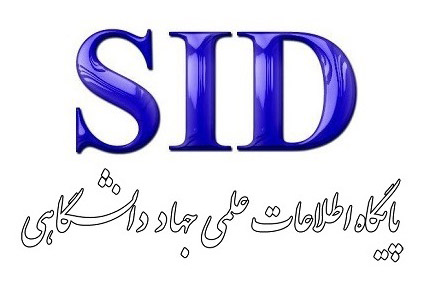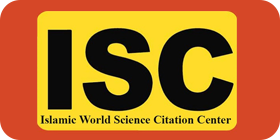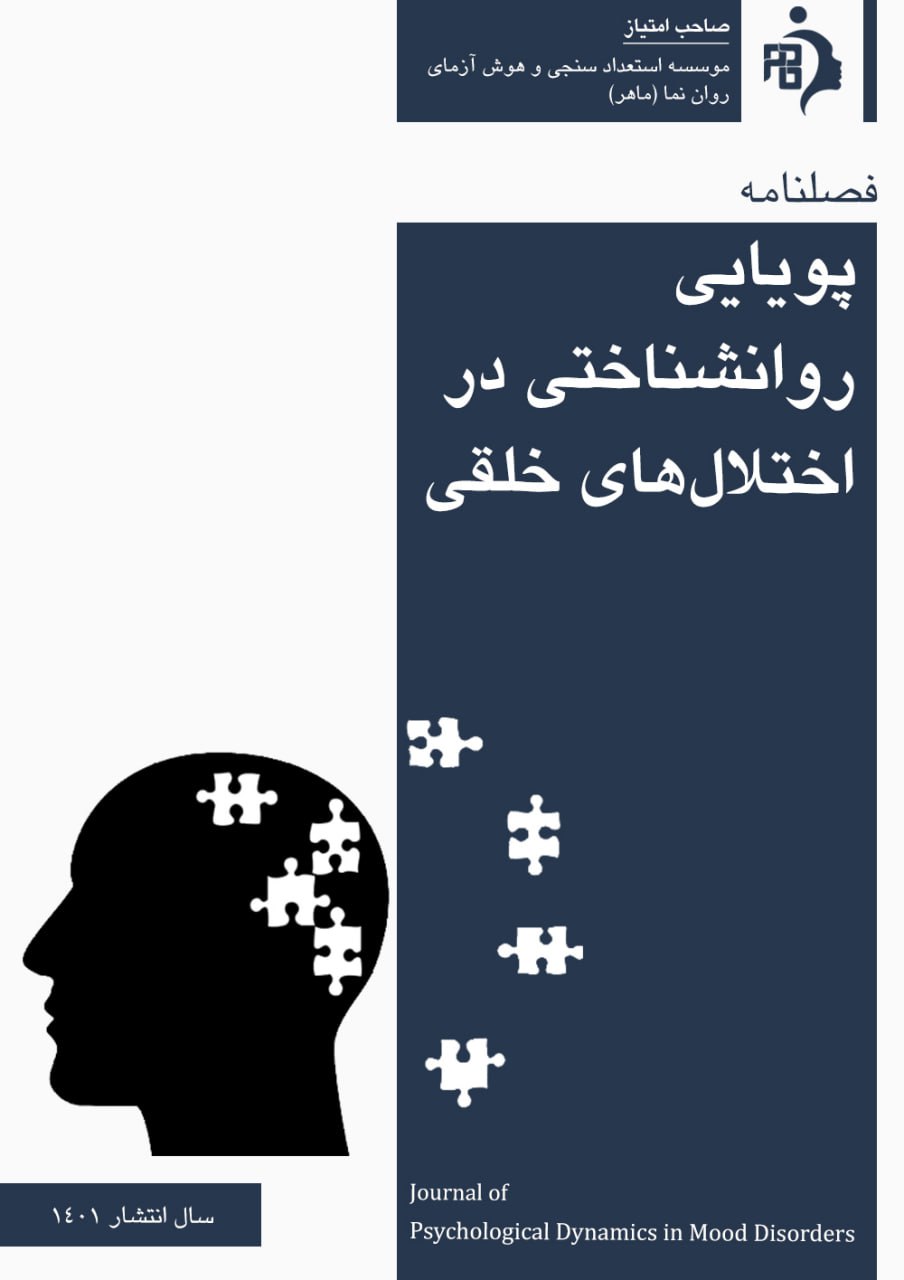Examining the Effectiveness of Constructive Toy Design Based on the "GERO Model" on the Emotional Intelligence of Preschool Children
Keywords:
emotional intelligence, Gero model, constructive toys, preschool children, emotional developmentAbstract
Objective: The objective of this study was to examine the effectiveness of constructive toy design based on the GERO Model on the emotional intelligence of preschool children.
Methodology: This quasi-experimental study utilized a pretest-posttest control group design and was conducted in 2024. The sample consisted of 30 four-year-old children, selected through cluster sampling from preschools and randomly assigned to experimental and control groups. The experimental group participated in eight 2-hour sessions involving constructive play activities based on the GERO Model, while the control group continued with their regular educational activities. Emotional intelligence was measured using the Sibiriashring Emotional Intelligence Questionnaire (Instructor Form), and the data were analyzed using multivariate analysis of covariance (MANCOVA).
Findings: The results of MANCOVA showed that constructive toy design based on the GERO Model significantly increased total emotional intelligence (0.97), self-motivation (0.94), self-awareness (0.84), self-regulation (0.87), social awareness (0.78), and social skills (0.91) in the experimental group (p<0.01).
Conclusion: The findings suggest that the purposeful design of constructive toys can be an effective strategy for enhancing various components of emotional intelligence in preschool children, supporting its integration into early childhood educational settings.
Downloads
References
Abiodullah, M., & Ahad, A. (2022). ASSESSING MULTIPLE INTELLIGENCE OF (5-7 YEARS) STUDENTS IN EARLY CHILDHOOD EDUCATION PERSPECTIVE. EBSCO Academic Journal, 9(1), 19.
Afrooz, G., & Sadeghi, M. (2023). The Effectiveness of a Creativity-Based Educational Program with Therapist-Centered and Family-Centered Approaches on the Critical Thinking of Gifted Students. Journal of Empowering Exceptional Children, 14(2), 34-40. https://www.magiran.com/p2666777
Aguyaros, B., & Ruano, C. (2021). Multiple intelligences: Educational and cognitive development with a guiding focus. South African Journal of Education, 41(2). https://doi.org/10.15700/saje.v41n2a1828
Alejandro, B. (2022). Effectiveness of play therapy and physical education on emotional intelligence in children and adolescents: systematic literature review and meta-analysis. National institute of Health Research, 10. https://doi.org/10.13140/RG.2.2.16354.61127
Astiti, P., & Parwati, N. (2024). Multiple Intelligences-based Interactive Multimedia to Improve Students' Multiple Intelligences in Kindergarten. Journal of Education Technology, 8(1), 194-204. https://doi.org/10.23887/jet.v8i1.73411
Azizi, Z., & Safari Nia, M. (2019). The Effect of Entrepreneurship Training Packages on Components of Creativity and Self-Confidence in Preschool Children. Quarterly Journal of Entrepreneurship Development, 2(44), 261-280. https://www.magiran.com/p2026469
Dharin, A., & Budiningsih, C. (2024). Developing of Multiple Intelligences-Based Elementary School Learning Kits to Improve Student Creativity. Revista De Gestão Social E Ambiental, 18(7). https://doi.org/10.24857/rgsa.v18n7-016
Emadi, S., & Arooti Movafagh, M. (2016). The Effect of Group Educational Games Based on Constructivist Learning Environment on the Development of Creative Thinking Skills in Preschool Children. Innovation and Creativity in Human Sciences Quarterly, 6(21). https://www.magiran.com/p1583993
Fan, L., & Chong. (2024). Beyond play: a comparative study of multi-sensory and traditional toys in child education. Digital Learning Innovations, 9. https://doi.org/10.3389/feduc.2024.1182660
Ghaznavi, M., & Hajji, A. (2018). The Impact of Play Therapy on Emotional Intelligence of Primary Students at Omid-e-Farda School, Hirmand County. National Conference on New World Achievements in Education, Law, and Social-Cultural Studies,
Hassani, R., & Safari, F. (2021). The Effectiveness of Cognitive Games on Executive Functions of Preschool Children. Thinking and Children Journal, 12(2), 111-131. https://www.magiran.com/p2409707
Hatira, & Sarac. (2024). Touch to Learn: A Review of Haptic Technology's Impact on Skill Development and Enhancing Learning Abilities for Children. Advance Intelligence System, 12. https://doi.org/10.1002/aisy.202300731
Hsu, F. c. (2024). Impact of Gamified Learning Using Smart Building Blocks on early childhood development. Sensors and Materials, 6(5), 1761-1776. https://doi.org/10.18494/SAM4791
Kara, N., & Cagiltay, K. (2020). Smart toys for preschool children: A design and development research. Electronic Commerce Research and Applications, 39. https://doi.org/10.1016/j.elerap.2019.100909
Khan Mohammadi, A. (2023). The Effect of Play on Emotional Intelligence and Learning of Students. 61(6), 1-17. https://civilica.com/doc/1707473/
Kiani, M., & Zangeneh, M. (2022). The Impact of an Intelligence Enhancement Program Based on Successful Intelligence Components (Visual, Verbal, Numerical) on Strengthening Multiple Intelligences in Elementary Students. Journal of New Psychological Research, 67, 137-146. https://www.magiran.com/p2535137
Lone, S., & Kour, S. (2024). Significance of toy-based Pedagogy for Elementary Students. Mazedan Education Review and Teaching Methods, 4(1), 5. https://www.scribd.com/document/791154193/NEP-2020-Changing-Elementary-Education-with-Integrating-Toy-Based-Pedagogy-in-Curriculum
Luen, G., & Guo. (2024). The Pedagogical Significance of STEAM Toys for Preschoolers. International Journal of Academic Research in Progressive Education and Development, 13(1). https://doi.org/10.6007/IJARPED/v13-i1/21009
Maleki Avarsin, S., & Seyedkalan, M. (2008). The Relationship Between Emotional Intelligence and Faculty Members' Effectiveness at Islamic Azad University, Parsabad Moghan Branch. 2(2), 115-132. https://elmnet.ir/doc/10658236-31991
Mehrali, R., & Mohaddedi, Y. (2018). The Impact of Creative Toys by the Institute for the Intellectual Development of Children and Young Adults on the Creativity of 7-9-Year-Old Elementary Students. Preschool and Primary School Studies Journal, 11, 1-24. https://www.magiran.com/p2265643
MirAsab Razi, H., & Fakoori Hajiyar, M. (2021). Designing a Problem-Based Curriculum Model for Preschool Education. Educational Psychology Quarterly, 17(62), 7-30. https://doi.org/10.22054/jep.2022.64275.3506
Moradi, A. (2021). The Effect of Play and Toys on Social Development of Preschool Children. Third National Scientific-Research Conference on Psychology and Educational Sciences,
Qutab, L., & Raza, A. (2024). An Investigation to Study the Relationship of Multiple Intelligence and Students' Learning Styles. Pakistan Journal of Humanities and Social Sciences, 12(1). https://doi.org/10.52131/pjhss.2024.v12i1.1924
Rezaei, M., & Hosseini Nasab, S. (2017). The Effectiveness of Puppet Theater on Social Skills and Creativity of Preschool Children in Maragheh. Education and Evaluation Journal, 40. https://www.magiran.com/p1789877
Rouhbakhsh, M. (2017). The Effect of Selected Water Games on Emotional Intelligence of Preschool Children.
Shafiabadi, A., Soudani, M., & Ahiyakandeh, M. (2009). The Relationship Between Emotional Intelligence and Mental Health of Female Counseling Students at Islamic Azad University of Behbahan. 41, 1-16.
Soltani, L. (2018). The Effectiveness of an Emotion-Based Curriculum on Emotional Intelligence of 4-6-Year-Old Children. New Educational Approaches, 1(27), 108-124. https://nea.ui.ac.ir/article_23411.html
Timach J, S., & Abtahi, M. (2021). The Effectiveness of Life Skills Training Based on Multiple Intelligences on the Performance (Intelligence) of Preschool Children in Tehran. Preschool and Primary School Studies Journal, 3(11), 145-162. https://doi.org/10.22054/SOECE.2020.38775.1203
Yan, W. (2022). Augmented reality instructions for construction toys enabled by accurate model registration and realistic object/hand occlusions. Virtual Reality, 26, 465-478. https://doi.org/10.1007/s10055-021-00582-7









